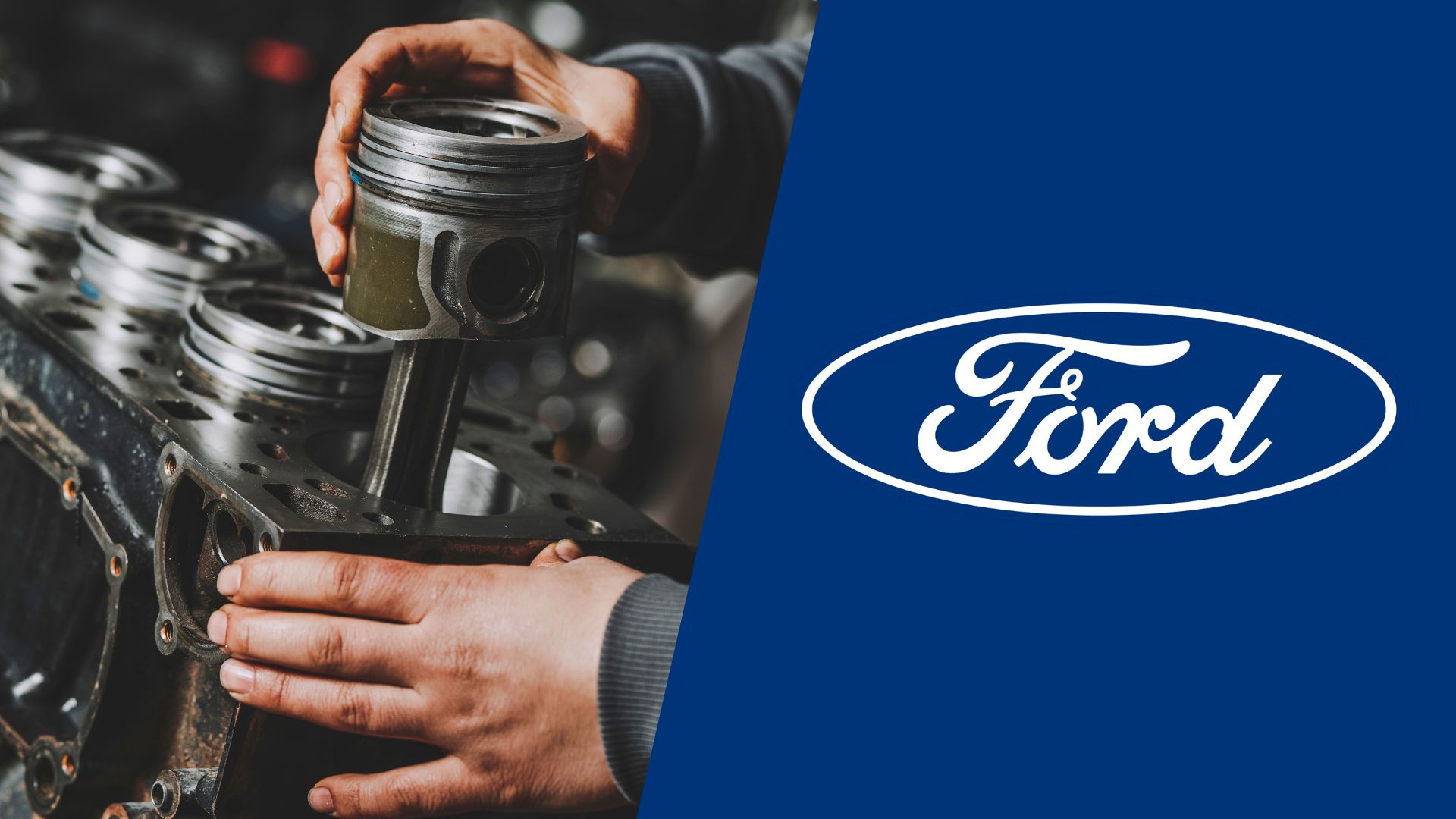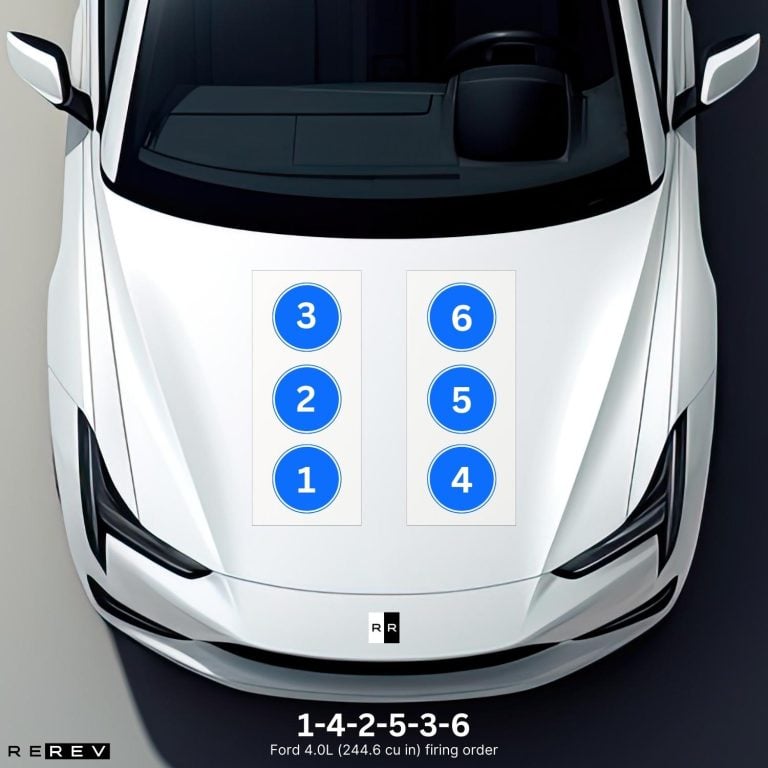Ford 4.0L (244.6 cu in) firing order — diagram & guide
Unraveling the precision and mechanics of the Ford 4.0L firing order.

While Ford is famous for making turbo EcoBoost and naturally-aspirated V8s, back in the day the brand had some pretty admirable V6 engines. If you are driving a vehicle with a 4.0-liter SOHC engine, it’s a pretty fun V6 to drive but problems occur when it comes to configuring the firing order.
That’s why our team of automotive experts decided to take on this issue and give you a guide on Ford 4.0L (244.6 cu in) firing order and cylinder numbering. We’ll help you focus solely on repairing the engine so it runs smoothly again, other than confusing you with false firing order sequences, so let’s get into it.
Ford 4.0L SOHC firing order
The Ford 4.0L SOHC firing order is 1-4-2-5-3-6 and this engine was used from 2002 all the way to 2010 when it was replaced with a new Duratec V6.
However, there’s an earlier OHV version of the engine so the two shouldn’t be misplaced due to several different components and known issues. On the SOHC version with a single overhead cam, problems with the timing chain are pretty common.
Ford 4.0L OHV firing order
Even though it’s an earlier engine version, the Ford 4.0L OHV firing order is 1-4-2-5-3-6, just like on the SOHC variant. However, there are a few notable differences between these two, and they mostly include head design and valves.
While the OHV had 12 valves, the more modern version of the same engine had 24 valves. Even so, there are quite a few differences in maintenance, but the firing order and cylinder arrangement are always the same.
Ford 4.0L cylinder diagram

The next thing you’ll need to know besides the firing order for this engine is the cylinder arrangement, and things are pretty clear here.
Ford mostly uses the same numbering of its V6 cylinders and this time it’s no different – you have cylinders 1 to 3 on the left, and cylinders 4 to 6 on the right, looking from the radiator towards the rear end of the engine.
Ford 4.0L vehicle applications
To help you differentiate between the two 4.0-liter engine versions, we’ve decided to list all the vehicles that these engines power. So, here’s what it looks like for the 4.0-liter OHV V6 produced from 1997 to 2000:
- Ford F-150
- Ford Explorer
- Ford Aerostar
On the other hand, the 4.0-liter SOHC was used on the following vehicles:
- Ford Mustang
- Ford Ranger
- Ford Courier
The latter version of the engine was also used in the Land Rover Discovery 3, as well as in the Mercury Mountaineer.
Our take
Well, there you have it – we’ve given you a clear layout of the 4.0L V6 firing order for Ford vehicles, as well as an explanation of the differences between the OHV and the SOHC version.
Make sure to verify which version of the 4.0-liter engine your car uses before working on it as things could be slightly different even with the same firing order and cylinder arrangement.